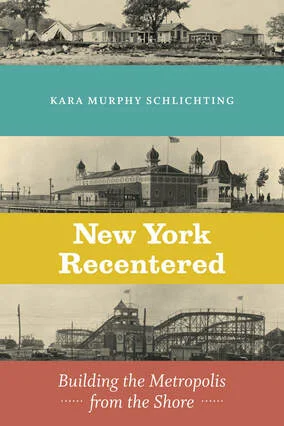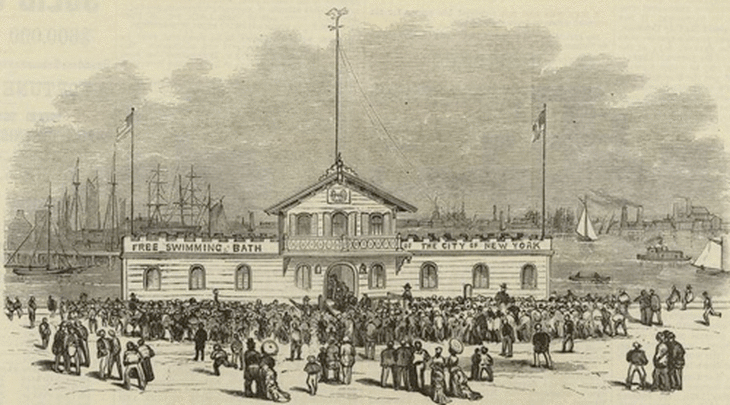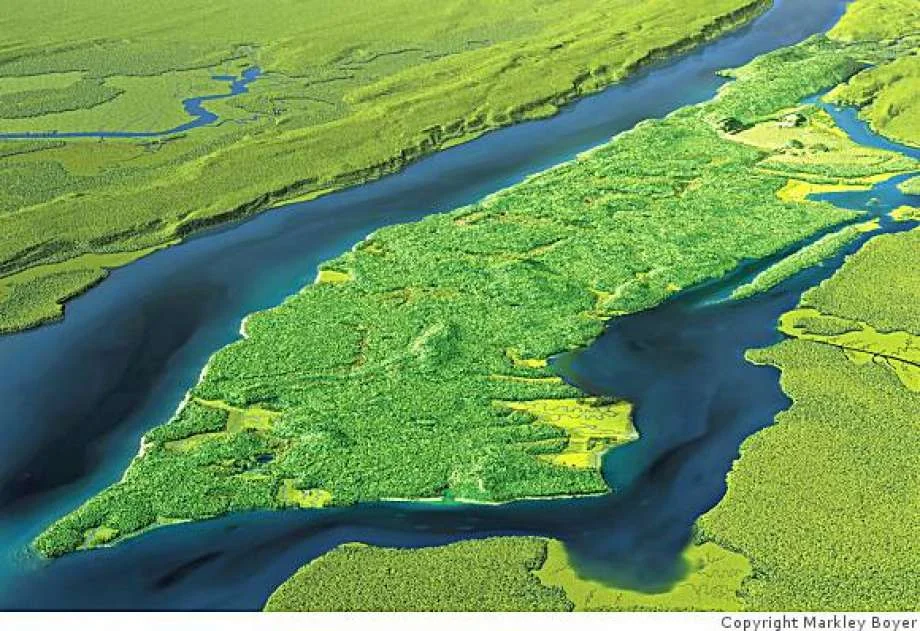On the (Queer) Waterfront
Reviewed by Elvis Bakaitis
On the (Queer) Waterfront is currently on view at the Brooklyn Historical Society (March 6-August 4), and offers glimpses of individual LGBTQ lives from the mid-1800s through the post-WWII period. Co-curated by Avram Finkelstein and Hugh Ryan, the exhibit is based on Ryan's recently published book, When Brooklyn was Queer, which focuses on the borough as a whole, though with a strong anchor (pun intended) to the waterfront.
Read More









